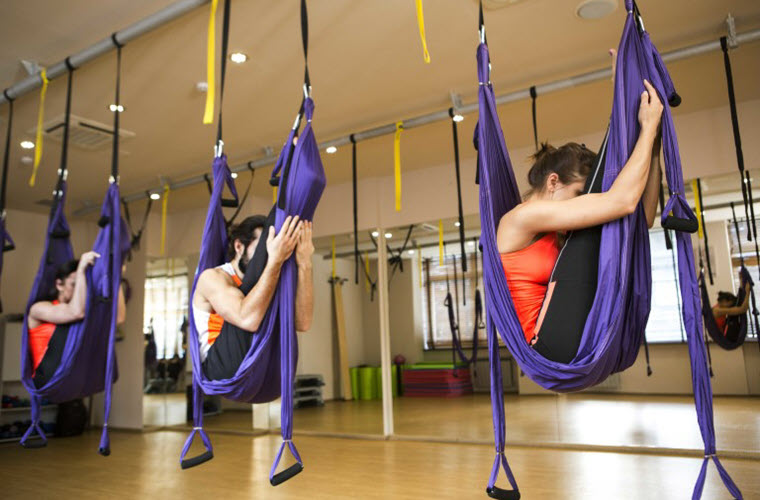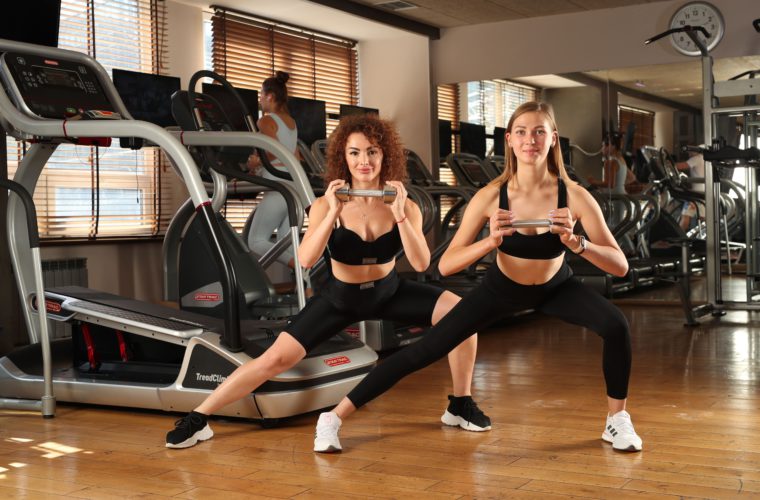Anti gravity yoga is a hot new trend in gymnastics compared to traditional yoga. It emerged in 1991 in New York. It was triggered by the desire of gymnasts to stay in sports after they finish their career. Christopher Harrison – a world-class gymnastics specialist and Broadway dancer – created a new style that merged his athletic skills and dance. Soon the members of Team Antigravity became American pioneers in modern acrobatics and aerial art.

Along his way, Christopher made many discoveries related to body-mind connection which he later included in his own methodology and philosophy which are now practised worldwide. His therapeutic methods are known as “anti gravity fitness”. The first place where Christopher Harrison started practising this style was at Crunch, a nationwide gym network, where asanas were tough in a play-and-learn form. Participants were asked to relax while manipulating the “laws of physics”.

Aerial fabric is used to change a person’s sentiments about the earth, allowing participants to better understand their bodies and relationship with gravitation rules. this helps people relieve discomforting neck stiffness, align spine and relax joints.
Fly yoga was designed by people who had experience in dance, gymnastics and acrobatics. The concept of this yoga style rests on aerial gymnastics, but soon someone noticed that many moves are similar to yoga asanas. Thus, the concept was changing and started fitting well with asanas practised at yoga classes. The practice bundles moves from yoga, aerobics, pilates and acrobatics giving absolutely new asanas-related physical experience.

Fly yoga has certain restrictions. It is not recommended for people with uncontrolled high blood pressure or glaucoma. But for many people suffering from discomfort in neck or back which prevented them from practising yoga, anti gravity yoga may become a solution.
Fly yoga does not displace traditional asanas, it teaches balance and develops strength which can later contribute to practising traditional asanas.









